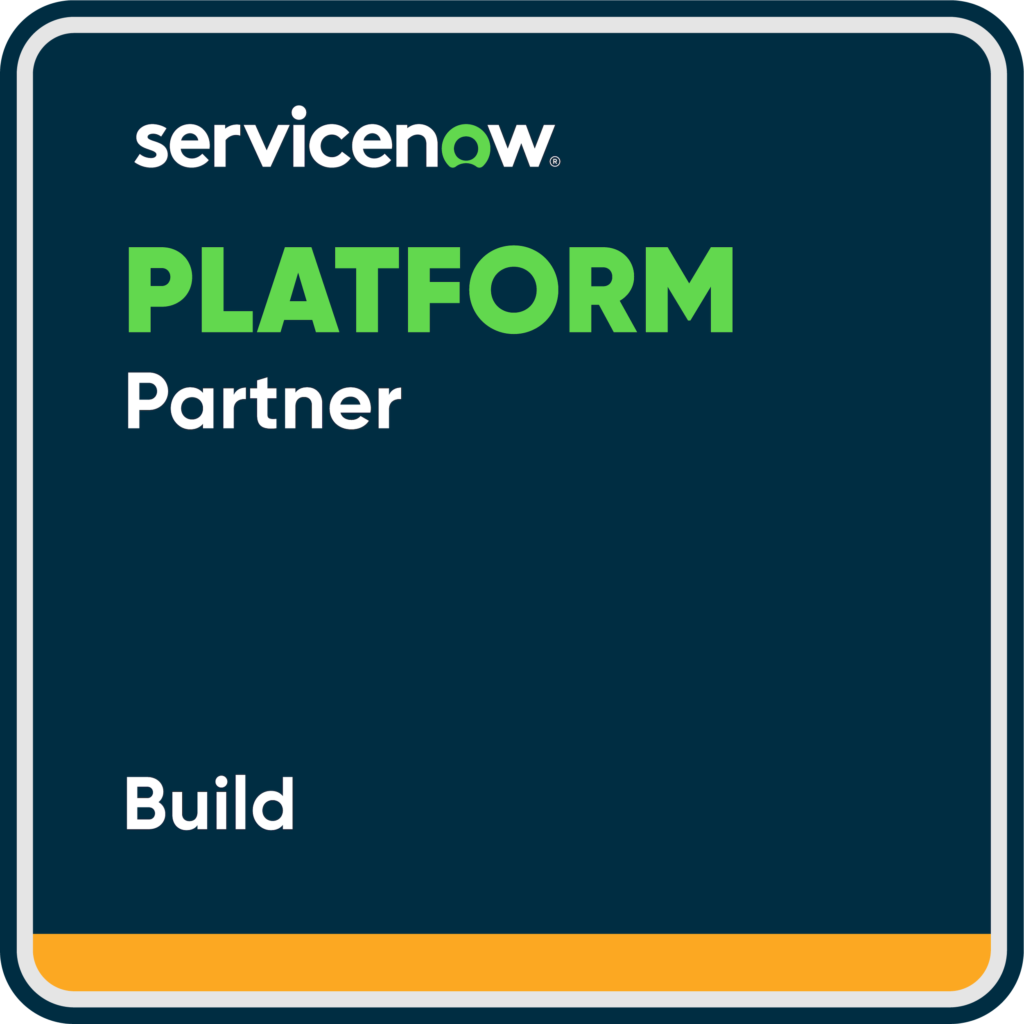Fuel is one of the largest recurring costs in enterprise fleet operations—but for many organizations, it’s also the least transparent. Hidden waste, unverified transactions, and disjointed reporting leave finance and fleet managers struggling to answer a simple question:
“Where did all the fuel go?”
With ServiceNow-native tools from Stave, enterprises can finally connect the dots—linking transactions, telematics, and operational behavior into one actionable view. The result? Verified usage, measurable savings, and smarter fuel decisions at scale.
The True Cost of Untracked Fuel
Siloed Data Systems
Fuel cards, telematics platforms, and driver logs all operate independently—rarely syncing in real time or offering full audit trails.
Manual Reconciliation
Fleet managers spend hours matching receipts, checking odometers, and flagging inconsistencies—usually after the money is already spent.
Fuel Theft & Fraud
Unusual fill-up patterns, off-hour activity, or incorrect mileage entries often go unnoticed until losses are substantial.
Inefficient Behavior
Excessive idling, inefficient routes, and underinflated tires silently drain fuel economy—but without real-time feedback, nothing changes.
Missed Credits & Compliance Risk
Tax credits and IFTA reports rely on accurate documentation. When data is incomplete, organizations lose money—or face fines.
ServiceNow + Stave = Total Fuel Transparency
With Stave’s Fuel Management module for Fleet Manager, all fuel data flows into one unified system—native to ServiceNow. You get the complete picture, from tank to trip, across your entire fleet.
Key Capabilities That Eliminate the Guesswork
- Fuel Card Integration
Import detailed transactions from all major fuel card providers—automatically matched to vehicle, driver, and location. - GPS & Odometer Sync
Validate every gallon with telematics-based mileage, route tracking, and location verification. - Suspicious Activity Alerts
Receive real-time flags for anomalies like duplicate fills, unusually high volumes, or off-route purchases. - Fuel Economy Benchmarking
Monitor MPG trends by vehicle type, region, or driver to detect inefficiencies and enforce training policies. - IFTA & ESG Reporting
Generate instant-ready audit files for tax credits, emissions tracking, and corporate sustainability metrics.
Modeled Outcomes from Stave-Enabled Fuel Oversight
The following examples are representative scenarios, modeled on common challenges and results seen across Stave implementations and the broader enterprise fleet industry. These are not individual client stories but illustrate the potential of centralized fuel intelligence.
Global Construction Logistics Firm (Modeled Scenario)
-
Reduced fuel theft by 80% using GPS-matched workflows and transaction alerts
-
Saved an estimated $200,000 in year one from tighter oversight and vendor audits
Public Sector Utility Fleet (Modeled Scenario)
-
Slashed fuel costs by ~15% by identifying idle-time trends and updating route protocols
-
Automated quarterly fuel tax reporting, reducing manual effort by over 60%
National Transit Authority (Modeled Scenario)
-
Used MPG analysis to identify underperforming vehicles—driving $1.2M in long-term asset optimization
-
Enabled real-time fuel dashboards for regional managers to pinpoint high-consumption zones
Watch the 2-Minute Fuel Management Demo
Explore how enterprise-grade fuel intelligence drives savings and compliance. One dashboard. Full visibility. Built for scale.
How to Get Started with Enterprise Fuel Oversight
Step 1: Inventory Your Systems
Identify all fuel card vendors, telematics platforms, and manual log processes currently in play.
Step 2: Centralize the Data
Use Stave’s built-in connectors to unify fuel transactions, sensor data, and GPS logs inside ServiceNow.
Step 3: Establish Baseline KPIs
Track MPG, spend-per-mile, idle time, and anomaly frequency to create measurable goals.
Step 4: Enable Role-Based Dashboards
Give operations, finance, and compliance teams the visibility they need—with filters by asset, location, or driver.
Step 5: Set Alerts and Automate Reports
Trigger alerts for fraud indicators or high-variance vehicles. Set auto-generation for IFTA or ESG reports.
KPIs That Prove the Value
✅ Fuel Spend per Mile
Pinpoint the exact operating cost of each vehicle
✅ Anomaly Detection Rate
Quantify how much “invisible” fuel loss you’ve exposed
✅ Idling Time Reduction
Link policy changes to real-world fuel conservation
✅ MPG Trends
See which assets or drivers deliver efficiency—or underperform
✅ Tax Credit Reclaim Rate
Ensure every eligible dollar gets filed and returned
Fuel Oversight = Financial Oversight
In an era of rising energy costs and tight margins, leaving fuel untracked is like throwing money out the tailpipe. Enterprises that use Stave’s Fuel Management on ServiceNow not only eliminate waste—they build a strategic, data-driven culture around cost control and compliance.
Discover how: Visit Fleet Manager to learn more and request your personalized demo today.



